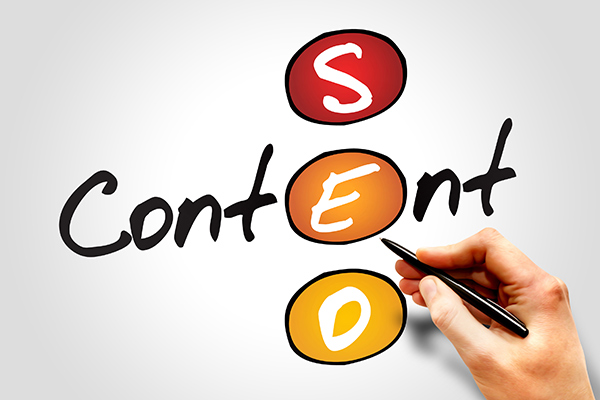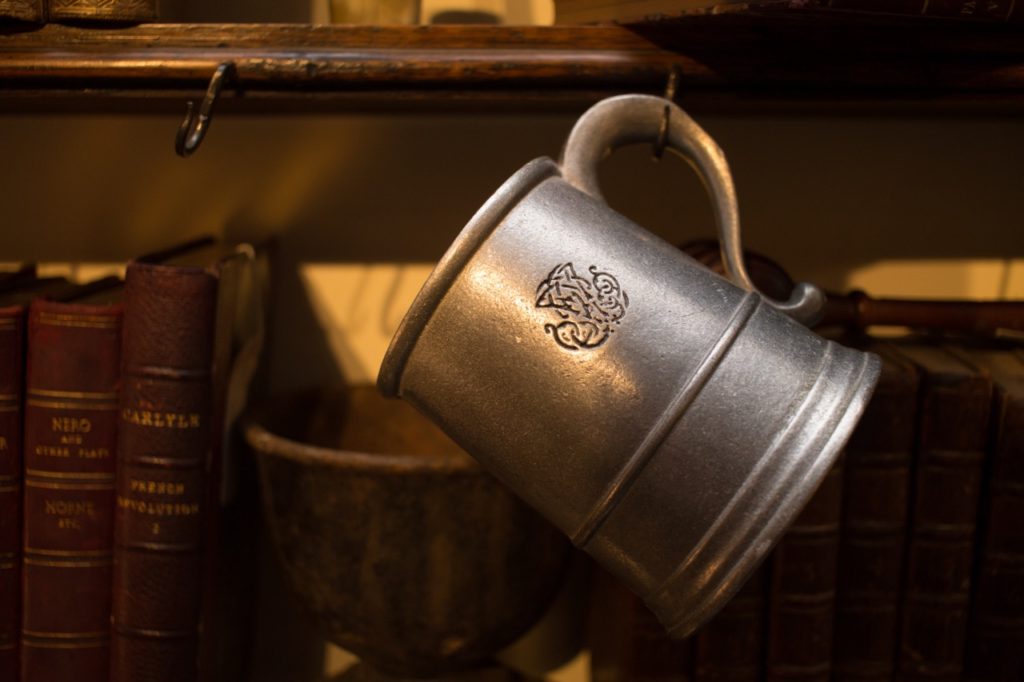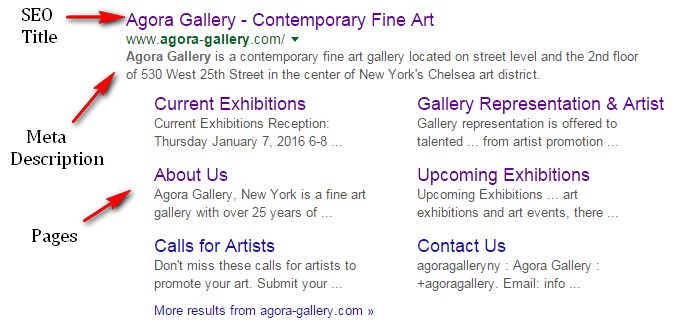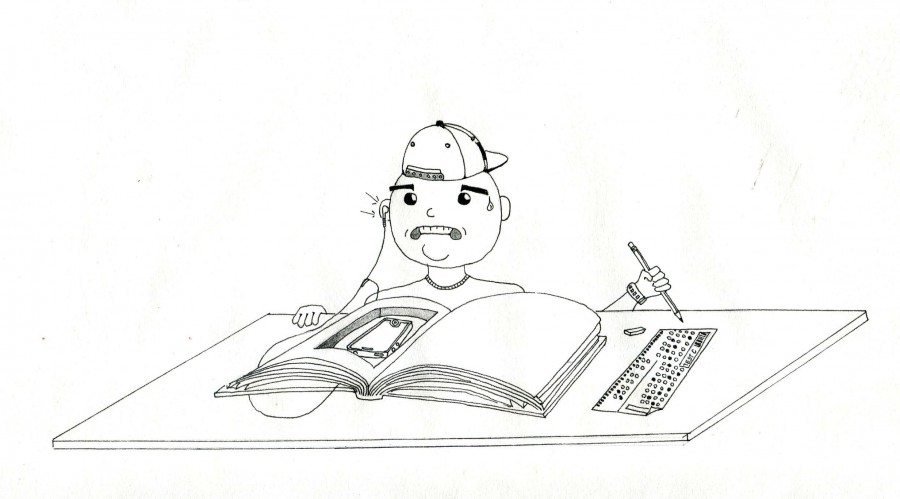You see, we believe every artist with a portfolio site should know at least the basics of SEO (Search Engine Optimization). By using SEO for Art & Antiques your portfolio website, you can make it easier to find online and reach more people with your art!
1. Content
SEO experts will wax on for hours about all the small tricks you can play to optimize your SEO for Art & Antiques website, but the best tip we’ve ever heard is to have good, clear content. If your website is well organized, clean, attractive, and focused, then it will likely already have a good groundwork for SEO.

Let’s take a look at how your content can improve your SEO:
-
- Does the name of your website have your artist name in it?
- Is your artist name clear and visible on every page?
- Do you have clear, well-written text that explains the ‘purpose’ of each page?
- Are your images appropriately labeled with information?
Remember, the search engine is being trained to understand what looks legitimate V/s what looks “fake.” If your content is unnaturally too repetitive, then it will get flagged as inappropriate/untrustworthy content.
2. Break Down Pages
When you organize your artist website by categories, you’re doing three things: you’re helping visitors navigate to the information relevant to them, you’re keeping your content from getting overcrowded, and you’re improving your SEO for Art & Antiques website..
Each page is going to have its own focus, and as such, its own focus keyword. You may have a “beach landscape” gallery and you may have a “splatter paintings” category: each of these can be organized into their own pages to increase the SEO.
For this reason, page titles are very important, as they explain exactly what the visitor will see on this page. Use focus keywords, but try to keep the titles short and clear.
There are a few crucial pages to include on any artist website:
- Bio
- Statement
- Artwork
- Contact
3. Images
The focus of your artist website is to show off your artwork, so it will obviously be very image-heavy. Therefore, it’s crucial that you’re using the right SEO practices when uploading and editing your pictures. The search engines can only see the words associated with the images.

For this reason, always save your artwork images with appropriate titles. By putting your artist name and the artwork title in the file name, you’re not only helping your website’s SEO, you’re also making sure that these images come up as results when people do an image search of your name. Having your artwork visible on a Google image search goes a long way in proving your legitimacy as a professional artist.
Before you even start uploading the images, you need to make sure that the pictures are good quality and web-ready. If they’re too high quality, they’ll slow your website down.
Once you upload the image, you should add something called alternative text (or “alt text”) to further optimize the SEO of your image. Alt text is used to describe images to search engines, and it is also the text that appears on the page if for whatever reason the image isn’t loading on your viewers’ browser. Keep your focus keywords in this alt text and, as always, include your artist name!
4. Diversify
Whenever somebody searches your name, each of your social media pages will come up as a result. So will your YouTube videos, any news/interviews written about you, your Wikipedia page (if you have one), and any groups you belong to. The more there is of you on the web, the more results will show up on the first page when people search for you. For social media, you’ll want to keep your profile pictures attractive and professional, because they will often come up in search results.
You can have:
- Google+
- Tumblr
- Flickr (for photographers)
The most important thing for any social media platform is to keep it current and interesting. Do not create a page and abandon it: make a point to schedule fairly regular updates/posts. These pages should each link to your artist website, should have your artist name in the title, and should have attractive, current images of your artwork.
5. SEO Titles & Meta Descriptions
The SEO title and meta description are what appear in the search results, and controlling these not only helps you rise in rank, but also helps visitors know what they’re getting into before they click your link.
- Include your artist name in both the SEO title and meta description.
- For specific pages, make sure you’re including your focus keyword in the title & meta description.
- Keep these texts short and clear – don’t try to fit too many focus keywords in there.
- Place your keyword and the most important information at the beginning of the description and title.

Following these simple tricks will be sure to help you with your SEO and will also make your site look more professional and organized.
6. Old Content: Improve, Don’t Delete
Established webpages have more legitimacy, even if they’re not great. The older the page is, the more people have probably clicked it, which means that its search ranking has been slowly improving over time, even if you’ve never updated it. Take advantage of the presence the page already has and build on it by improving the content.
7. Don’t Cheat the System

The search engine systems know when you are cheating and lying, and if they catch you at it, your site can end up being banned from search results. This is called “black hat SEO.”
As long as you are keeping your website user-friendly and focusing on the user experience above everything, you won’t violate any of the “black hat” rules. However, if you are creating “fake” pages specifically to trick the search engines, if you are found “link farming,” keyword stuffing, link buying, or producing plagiarized material to improve your SEO, your site will suffer for it.













